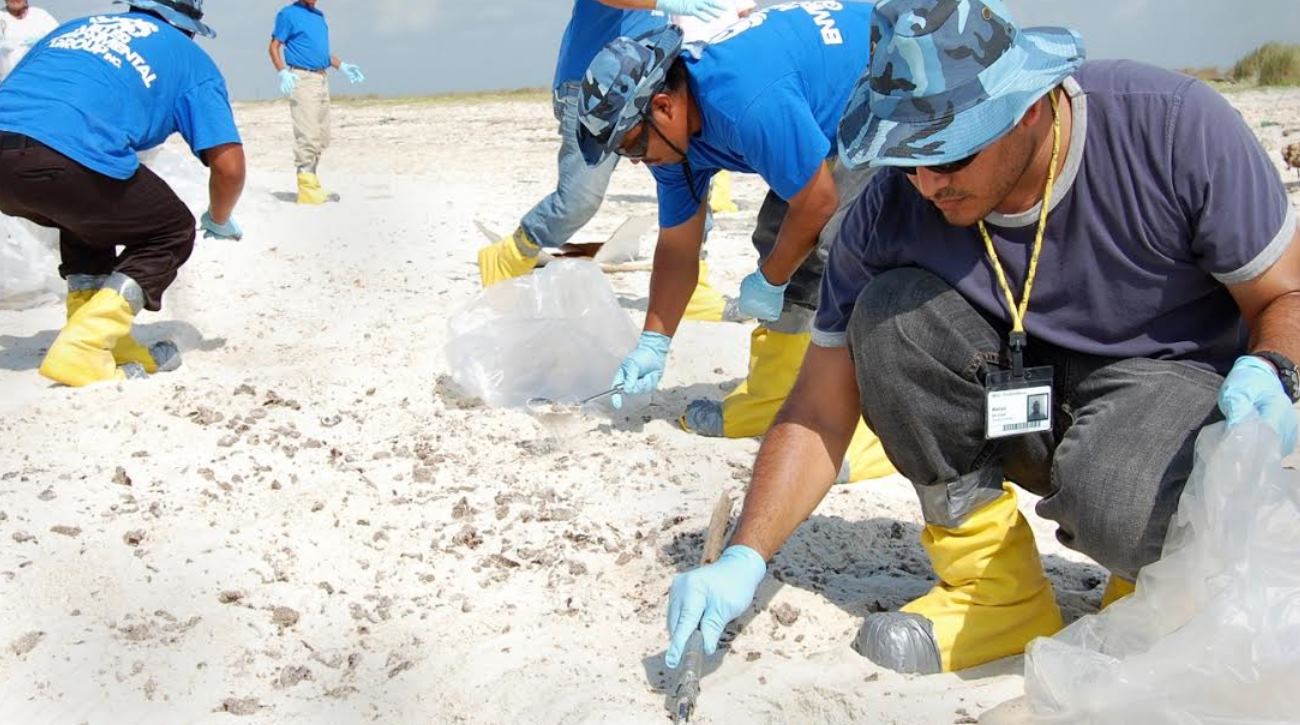Workers in a wide variety of occupations, including agriculture and farming, construction, transportation, landscaping, firefighting and other emergency response operations will be disproportionately at risk of dangers posed by climate change, according to a research review coauthored by seven members of the Department of Environmental and Occupational Health (EOH). The topic has been the subject of very little research to date.
“While susceptibility to the environmental health effects of climate change has received heightened research attention in recent years, susceptibility among workers has received less scrutiny,” the EOH faculty report in the paper. Their review examines the available evidence to identify which occupational sectors are at the greatest risk and what research is needed to protect workers from the health threats of climate change.
Climate change effects that can impact workers include heat waves, wildfires, increased levels of ground-level ozone, higher levels of exposure to volatile organic chemicals such as toxic polycyclic aromatic hydrocarbons (PAHs), and changing risks from exposure to pathogenic microorganisms and diseases borne by pests such as ticks and mosquitos, the EOH authors’ review shows.
Current Environmental Health Reports is publishing the paper, “An Overview of Occupational Risks from Climate Change.” The authors are: Assistant Professor Kate Applebaum, whose research addresses occupational chemical exposure; Assistant Professor Jay Graham, whose research interests include the diseases borne by pathogenic microorganisms; Professor George Gray, an expert in risk analysis; Associate Professor Peter LaPuma, whose interests include engineering and sustainable energy development; Associate Professor Sabrina McCormick, who has studied the effects of climate-changed induced heat waves; Assistant Professor Amanda Northcross, whose research includes the effects of exposure to air pollution; and Professor Melissa Perry, chair of the EOH department and an expert on occupational health. The paper states that all authors contributed equally to the research.
“This is an important issue that needs attention now. Our department intends to be at the forefront of research into how to identify the unique threats that climate change poses to workers to ensure that they are better-protected in the future,” Perry says. “The depth and scope of potential crisis is only starting to emerge, and much more research is needed,” she stresses.
Workers likely to be impacted by the increased incidence of heat waves linked to climate changes include those at iron and steel foundries, electrical utilities, chemical plants, bakeries and commercial kitchens, canneries, and laundries. Exposure to higher levels of ozone, which is linked to a number of short-term and long-term diseases, may affect workers in construction, fishing, forestry, mining, oil and gas extraction, transportation, and landscaping.
Climate change is predicted to intensify exposure to environmental chemicals through increased pesticide use, dispersion through storm runoff, and spills from floods and fires. Additionally, higher temperatures may raise the toxicity of some of chemicals.
An escalation in the incidence of extreme rain events can increase the incidence of some ailments, such as Legionnaires’ disease, which is caused by a bacteria that is associated with rainy, humid weather. These events can also provide breeding sites for mosquitoes, enhancing the likelihood of transmitting harmful microbes such as the Zika virus, currently a major public health concern.


